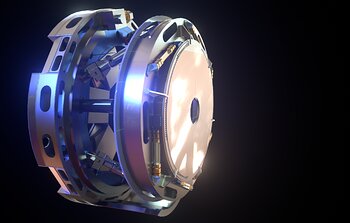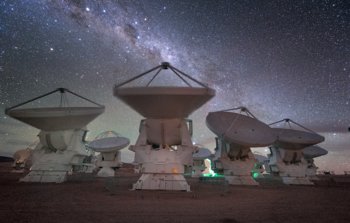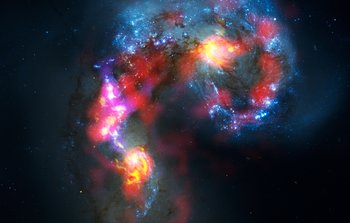Using the European Southern Observatory’s Very Large Telescope (ESO’s VLT) in Chile, astronomers have imaged 42 of the largest objects in the asteroid belt, located between Mars and Jupiter. Never before had such a large group of asteroids been imaged so sharply. The observations reveal a wide range of peculiar shapes, from spherical to dog-bone, and are helping astronomers trace the origins of the asteroids in our Solar System.
The release, images and videos are available on:
https://www.eso.org/public/news/eso2114/
Kind regards,
The ESO Department of Communication
12 October 2021

|
6 October 2021: The largest adaptive mirror ever built, the M4 mirror for ESO’s upcoming Extremely Large Telescope (ELT), has reached an important milestone in its development: all six petal-shaped segments that ...
|
| Read more |

|
1 October 2021: Ten years ago, the Atacama Large Millimetre/submillimetre Array (ALMA), an international observatory in which ESO is a partner, officially opened to astronomers. The occasion was marked on 3 October ...
|
| Read more |

|
Thea Elvin
8 October 2021: Ten years ago this week, the Atacama Large Millimetre/submillimetre Array, also known as ALMA, officially opened to astronomers for “early science”. The occasion was marked with the publication of its ...
|
| Read more |

|
Thea Elvin
24 September 2021: As Carl Sagan put it, “we are all made of star stuff”. But what is the star stuff made up of? A team of astronomers has recently measured for the ...
|
| Read more |

|
Giulio Mazzolo
10 September 2021: The starry sky is one of humanity’s most important heritages, an endless source of cultural, social and scientific inspiration over the millenia. Yet light pollution and increasing low-orbit space activity ...
|
| Read more |
|
|
|
|